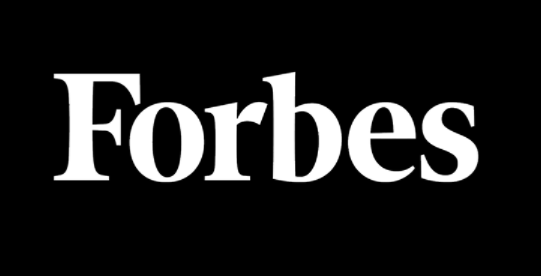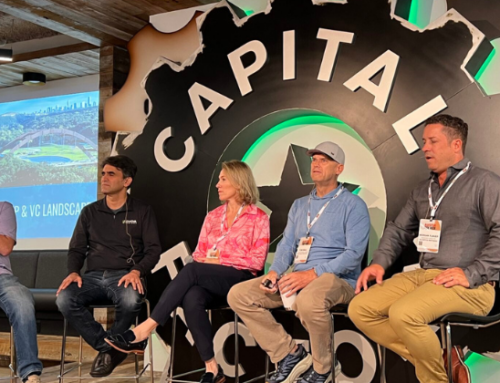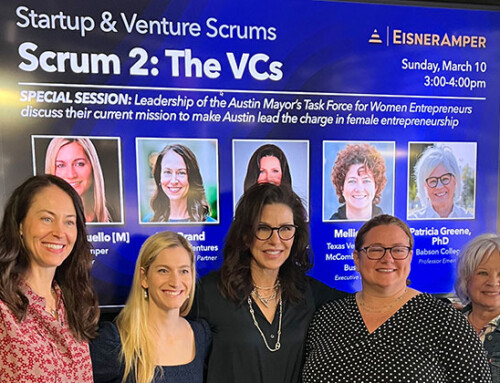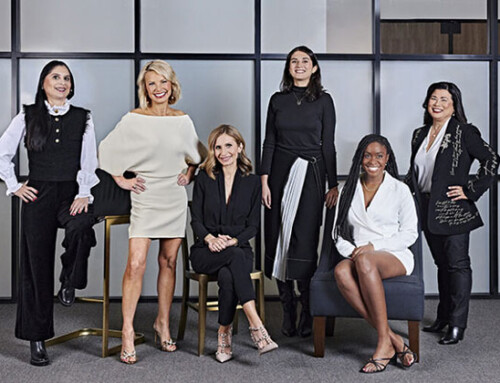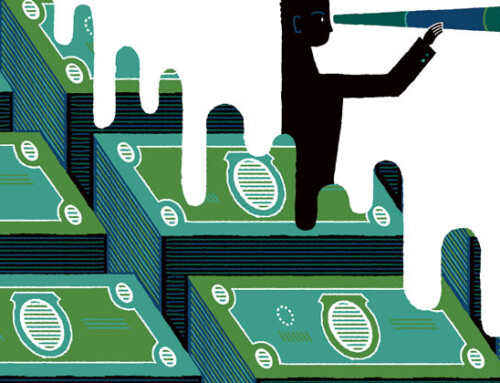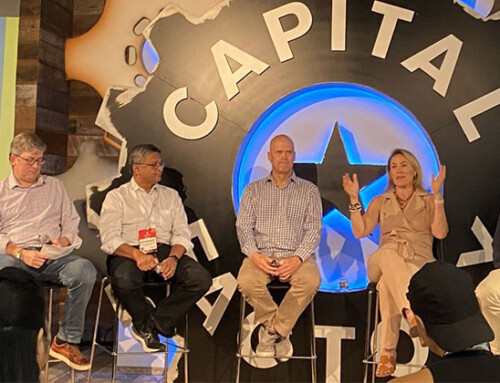Women’s activism to correct this injustice has been building, as evidenced by the rising tide of financing options for women entrepreneurs. Now, the #MeToo movement could bring a tidal wave of funding as women are inspired to stand up and speak out against sexism.
Whether you have $25 or $25 million, here’s how women have made it possible for you to help create a tsunami of funding for women entrepreneurs.
-
- Jessica Jackley cofounded Kiva so people could lend small amounts of money to entrepreneurs in the developing world. In 2009, Kiva brought its crowdfunding micro-lending model to the U.S. With a little help from friends, U.S. women entrepreneurs can raise up to a $10,000, interest-free loan through Kiva. Typically, five to 30 people you know can lend as little as $25. The rest comes from the Kiva lender community. It’s not just micro businesses which need small loans but scaling businesses too.
- Catherine Berman and Yuliya Tarasava founded CNote. It enables savers to earn 40X greater return than a saving account by investing in women- and minority-owned businesses. It’s first product provides 2.5% interest versus the 0.06% traditional banks offer. CNote invests 100% of your dollars in Community Development Financial Institutions (CDFIs). These loans range from a few thousand dollars to $500,000.
- Vicki Saunders created SheEO’s Radical Generosity to provide women entrepreneurs with larger interest-free loans. In the U.S., five hundred women (activators) make a tax-deductible contribution of $1,100, (including a $100 processing fee). Entrepreneurs compete to be one of five to divide the kitty. Activators not only become financiers but, similar to angel investors, share their expertise, connections and marketing support to help grow the companies they support.
- Danae Ringelmann and her cofounders started Indiegogo, a rewards-based crowdfunding platform. Typically, backers are pre-paying for the manufacturing of the product they want. Entrepreneurs get interest- and equity-free money, a market boast, and market validation, which makes it easier to get follow on money from bankers, angels and VCs. Crowdfunding is the one form of financing in which women outperform men. They do this because they know how to tell a compelling story and their communities support them in their effort. Women can raise from a few thousand dollars to millions using this method. Want to find and fund women’s crowdfunding campaign’s (not just rewards based), check out Amy Cortese’s Investibule and click on women-owned tag.
- Women have always been angel investors. However, Stephanie Newby founded Golden Seeds to specifically invest in women-led companies. Others saw the potential to inspire women — who are increasingly becoming wealthy — to become angels through education and a group investing experience. Silvia Mah’s Hera Angels, Kristina Montague’s The Jump Fund, Natalia Oberti Noguera’s Pipeline Angels and Alicia Robb’s Next Wave all provide opportunities for women to become educated and profitable angels.Other groups, such Angel Lee’s 37 Angels and Sonja Perkins’ Broadway Angels, aren’t specifically focused on investing in women entrepreneurs but do invest in a high percentage of female-founded companies. As a result, between 2005 and 2016 the percentage of women angels has nearly tripled from 9% to 26%, according to the Center for Venture Research.
- The total number of women VCs precipitously dropped by 40% between 1999 and 2013, according to Diana Report Women Entrepreneurs 2014: Bridging the Gender Gap in Venture Capital by Babson. No surprise that the percentage of women getting venture capital didn’t improve much in the years that followed. Women-led companies received 13% of capital in 2013 and 14% in 2017*. They accounted for 16% of deals in 2013 and 17% in 2017*, according to Pitchbook. Women CEOs received 9% of capital in 2013 and 7% in 2017*, as well as 9% of deals in 2013 and 9% in 2017.During the past few years, women started taking things into their own hands by starting their own funds. Some specifically invest with a gender lens. This includes Sara Brand and Kerry Rupp’s True Wealth Ventures, Trish Costello’s Portfolia, Anuradha Duggal’s Female Founders Fund, Lauren Flanagan’s Belle Capital, Elizabeth Galbut and Pocket Sun’s SoGal Ventures, Tracy Gray’s The 22 Fund, Deborah Jackson and Andrea Turner Moffitt’s Plum Alley, Gayle Jennings-O’Byrne’s Intent Ventures (the soon to be relaunched Harriet Fund), Nathalie Molina Niño’s BRAVA Investments, Carmen Palafox’s of MILA Capital and Nancy Pfund’s DBL Partners. Project Sage has a comprehensive list.Others don’t focus on women only but do invest in them, like Lisa Calhoun’s Valor Ventures, Jennifer Fonstad and Theresia Gouw’s Aspect Ventures, Kirsten Green’s Forerunner Ventures and Aileen Lee’s Cowboy Ventures.These funds have increased the funding opportunities for women entrepreneurs but we don’t yet know by how much. “Venture capital has a long funding cycle so the impact on the numbers has yet to be seen,” said Nisa Amolis, VC and angel investor,
If the activism inspired by the #MeToo movement is any indication, you ain’t seen nothing yet in women funding women. From the $25 investment in a micro-business to the major investments of angels and VCs, women are stepping up. How will you help the movement?
*Preliminary end of 2017 data.
Original article posted here.

